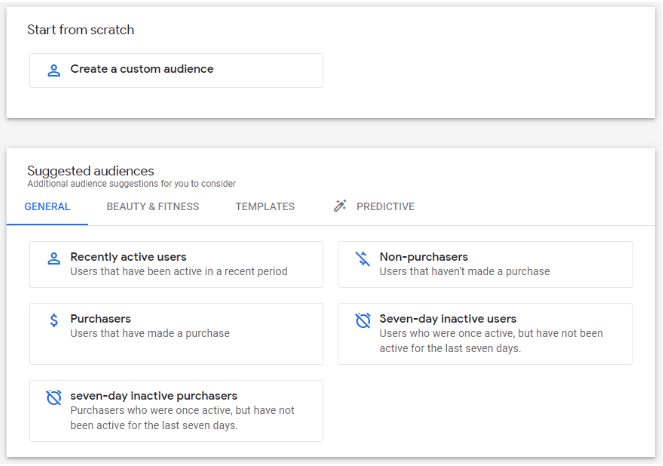Incorporating negative keywords into a campaign can enhance ad relevance, increase CTR, lower CPC, and ultimately help save on budget. This raises the question, ‘can negative keywords be added to performance max campaigns?’. The short answer is yes, and the long answer is also yes, but it’s a bit complicated. There are currently two methods for adding negative keywords, with a third coming very soon. In this blog post, we’ll run you through them to help simplify the process and give your campaigns a boost.
Option 1: Adding negative keywords manually
The first option is to add the keywords manually. While straightforward, this approach does come with some limitations to be aware of before you begin. The main thing to bear in mind is that you can only add keywords at an account level, thereby excluding them from all campaigns, which is not always the best option. This can be frustrating if you want more granular control over your campaigns, and it could result in you unintentionally excluding valuable traffic from campaigns where those terms could be relevant.
With this in mind, to go ahead with the manual option, simply follow the steps below.
- Begin by signing in to your Google Ads account and navigating to ‘Account Settings’.

- Once there, click the dropdown arrow for ‘Negative Keywords’.

- Click the blue plus button, and then insert the specific negative keywords you wish to implement. Lastly, click save.

Option 2: Using Google Support
To add negative keywords to specific campaigns, you’ll need to use option 2, which requires you to contact Google support.
- Again, sign in to your Google Ads account, and click the ‘Help’ icon in the top left navigation bar. This will bring up the quick help panel, in which you scroll down and click ‘Contact Us’.

- In the ‘Tell us what you need help with’ bar, type something along the lines of “I want to add negative keywords to a performance max campaign”, then click ‘Next Step’.
- At this point, a page similar to the one below will appear, where you can select an option which matches your request, or simply ‘Other’, then click ‘Next step’

- Here, you select the relevant Google Ads account from the drop-down menu, and click the ‘Email’ icon. Then, input your contact name and the name of the company associated with the Google Ads account you just selected.
- In the ‘Summary of the issue’ section, adapt the message below to explain that you would like to add specific negative keywords to a specific campaign, and then submit your request.
“On behalf of [company name], I authorise Google to implement the following adjustments in Google Ads account [google ads account number] without prior notification. Please link the negative keyword list, titled [negative keyword list name] to the campaign named [Performance Max campaign name]:
[here paste your keyword list]
Kind regards.”
Option 3: Sit back and wait!
The last option is nice and easy; if you aren’t pushed for time, you can simply wait until the end of 2024. Google has announced the launch of campaign-level negative keywords in Performance Max in late 2024, a significant update that will address many advertisers’ concerns. This adjustment will provide greater control over negative keyword exclusion and is designed to facilitate greater harmony with brand and audience preferences.
If your PMax campaigns are currently performing well, waiting for the update may be a viable option for you. You can use this waiting period to analyse your current campaigns, identify crucial negative keywords, and prepare for the update.
In summary…
We’ve presented three options for you here, if you’re looking to start implementing negative keywords. The best approach for you will come down to your specific business needs and campaign performance. But, whichever route you take, it’s definitely worth looking into how negative keywords can help your campaign performance for several reasons:
- By excluding irrelevant search terms, your ads are more likely to appear for searches that truly matter to your business; this can lead to higher click-through rates and better overall ad performance.
- Negative keywords help prevent your ads from showing for irrelevant searches, reducing wasted ad spend on clicks that are unlikely to convert.
- More relevant ads typically lead to better Quality Scores, which can result in lower costs per click and better ad positions.
- Negative keywords can prevent your ads from appearing alongside content that might be detrimental to your brand image, or in contexts that are inappropriate for your product or service.
Need a hand?
Cedarwood Digital are a PPC agency based in Manchester, working with a range of clients, from SMEs to large multinationals. We know exactly how to maximise your marketing spend and extract the most from your campaigns. When it comes to paid advertising, sometimes it’s best to leave it to experts who know how to get the very most for your money.
If this sounds good to you, why not get in touch with us today?
























